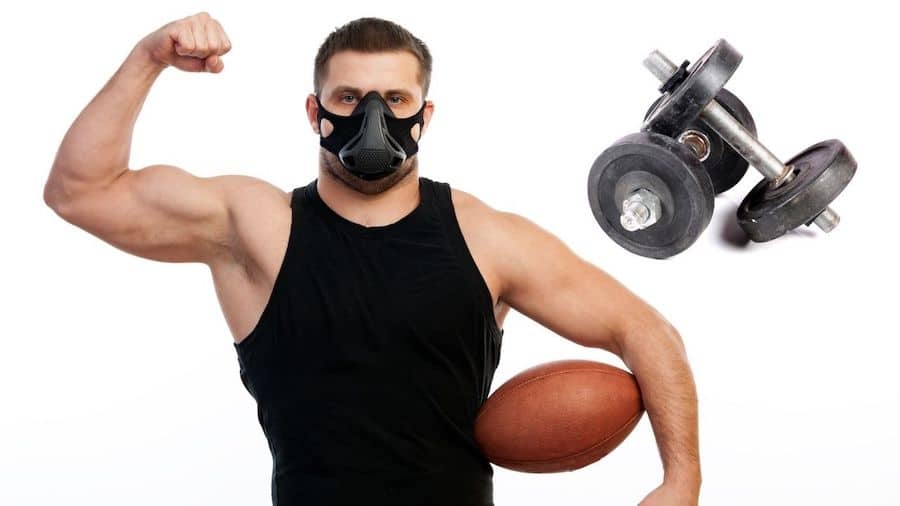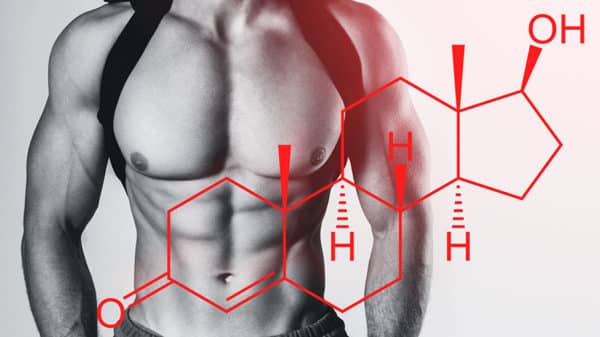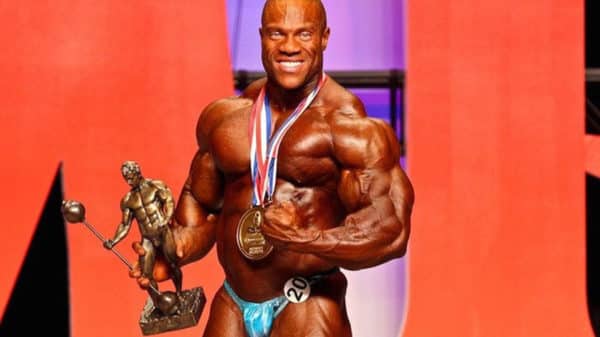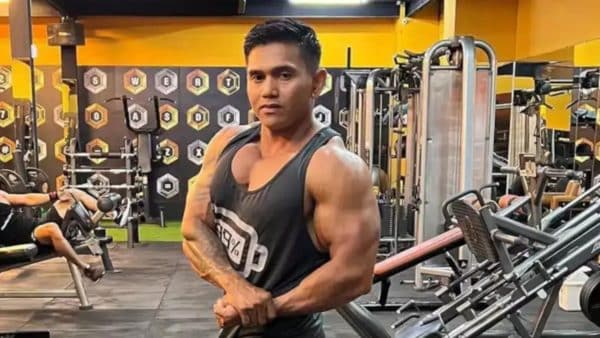Training in the right way guarantees the performance required for Rugby. Mastery of tactics is not enough. Good stamina will be needed to withstand the shocks. This implies having a solidly proportioned body, hence the importance of weight training. Find more explanations on this subject below.
Rugby player VS bodybuilder
Firstly, comparing these two categories helps to understand the training needs of a rugby player.
Then for the body-building, it is a term indicating at the same time a discipline and an art. In the current language, one prefers rather its name in English "bodybuilding". The body-building is assimilated to a purely aesthetic sport. Moreover, this discipline does not necessarily mean competition or career. A practitioner of bodybuilding (or muscular) can very well sculpt himself for pleasure, to please or simply to remain in shape. His only goal is to achieve a beautiful and harmonious body.
His goal is to build muscle mass to create an athletic physique. To do this, do exercises with a good weight training program will be an integral part of the practitioner's training. In other words, bodybuilding does not require physical resistance. On the other hand, it will be necessary to him a perfectly millimetre dietetics.
In contrast, for a rugby player, the musculature becomes the athlete's armor. This sport requires a good physical endurance to absorb the shocks and to organize the defenses. This is why there is no room for aesthetics in the world of rugby.
During each weight training session, the athlete will try to develop his muscle fibers to the maximum without worrying about other parameters. Muscle building for the player aims to increase physical strength. His performance during matches will then be ensured by endurance and speed exercises, coupled with his potential and muscles. He will therefore not be concerned with drawing his muscles but with having as many as possible to perform in his own discipline. The symmetry of the body will not be of any use to him.
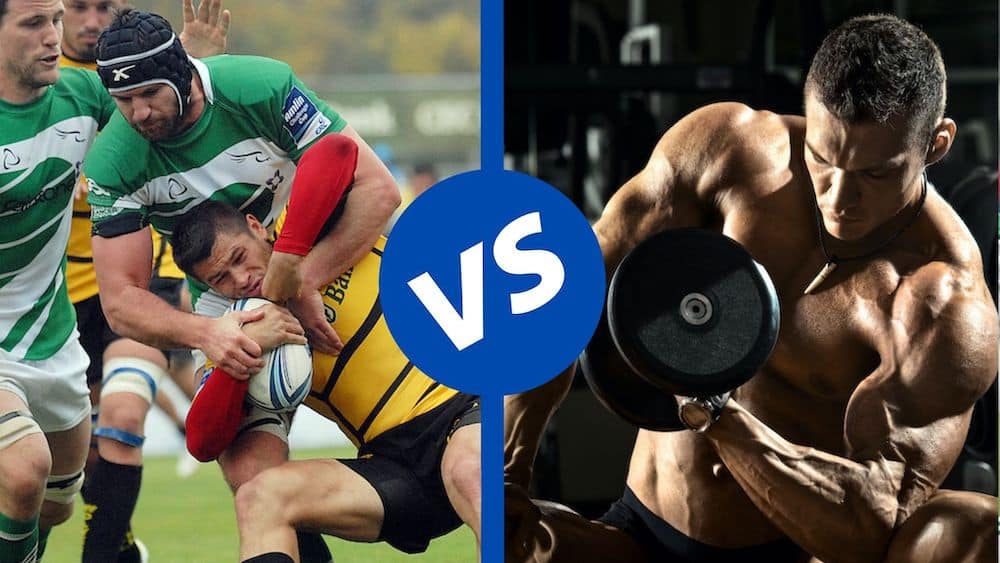
Preparations for the off-season
The rugby player generally seeks to increase his level during the off-season. To achieve this, the specific strength training programme focuses on building mass. At the same time, the aim is to increase strength and power and to help the athlete to use this combination.
The program of body-building to be followed in the gym for this stage will obviously not be the same for all. However, to make succeed functional hypertrophy and the protocol of the explosive force can be interesting. This will last about 6 weeks. The first two stages allow you to work the muscle groups of the upper and lower body. The sportsman will thus chain exercises aiming at increasing the muscular volume of the whole body: pectoral muscles, quadriceps, ischios, shoulders, trapezoids, biceps...
The functional hypertrophy protocol has the advantage of working certain parts of the body that are often forgotten. Indeed, the program includes in principle a strengthening of the cervical muscles. This is quite interesting, because strengthening the neck is not often part of the priorities of body-building practitioners, whereas for a rugby player, it is essential.
This part of the body has muscles that can be developed. The objective with the rugbyman's bodybuilding is in this case to sculpt it to get a fat neck. The latter is an asset for the athlete to prevent injuries during the impacts of the game between the teams.
In terms of appearance, a muscular neck also gives an impression of power. The neck, when well developed, is compatible with the rugby player's build and imposing physique.
For the explosivity protocol, the objective is to re-energize the player as the match approaches. The coach will take care to vary the intensity of each activity.
Preparations during the season
In order to ensure good physical condition during the season, the rugby player takes care to maintain what he has learned during training. This is why the exercises, as well as the warm-up, take a slower pace. This reduction in the workload helps the athlete to stay in shape and allows him to concentrate on technical skills.
Thus, muscle strengthening will no longer be the main objective of each training session. High intensity activities will be replaced by speed and technique work.
During the season, circuit training will be favoured. In addition to working on skills, the program includes a program of physical preparation exercises. This is why it is so important for players in key positions such as hooker.
The exercises that make up the circuit obviously vary from program to program. Nevertheless, most adopt traditional strength training such as the biceps curl and front squat. Others emphasize bodyweight activities such as sit-ups, box jumps and speed ladders. It also depends on the position.
Of course, it should be borne in mind that the aim of building muscle for a rugby player is to increase strength. Strength is indeed an asset for defensive moves such as tackling. A player with a strong build can also perform at his best during the scrum. Also, to develop stamina, we turn to cardio.
The importance of nutrition for a rugby player
The repetitions of the weight training exercises ensure that the rugby player is in excellent physical shape. Nevertheless, a good diet enables him to maintain the gains made during training. A lack of organisation and structure on this side is enough to reduce the player's efforts to nothing. Just like the weightlifter, but with the same objective, it differs.
Thus, his diet must be chosen in such a way as to offer him the physical capacities required for this sport. This should then and above all meet the basic physiological needs. Then, the athlete must eat in order to compensate for the energy expenditure required by the effort. Whatever the position, the diet must also promote muscle building.
He must therefore have a caloric surplus in order to develop his muscles. If some people can afford to deviate from the nutritional guidelines, a bodybuilder must be more rigorous.
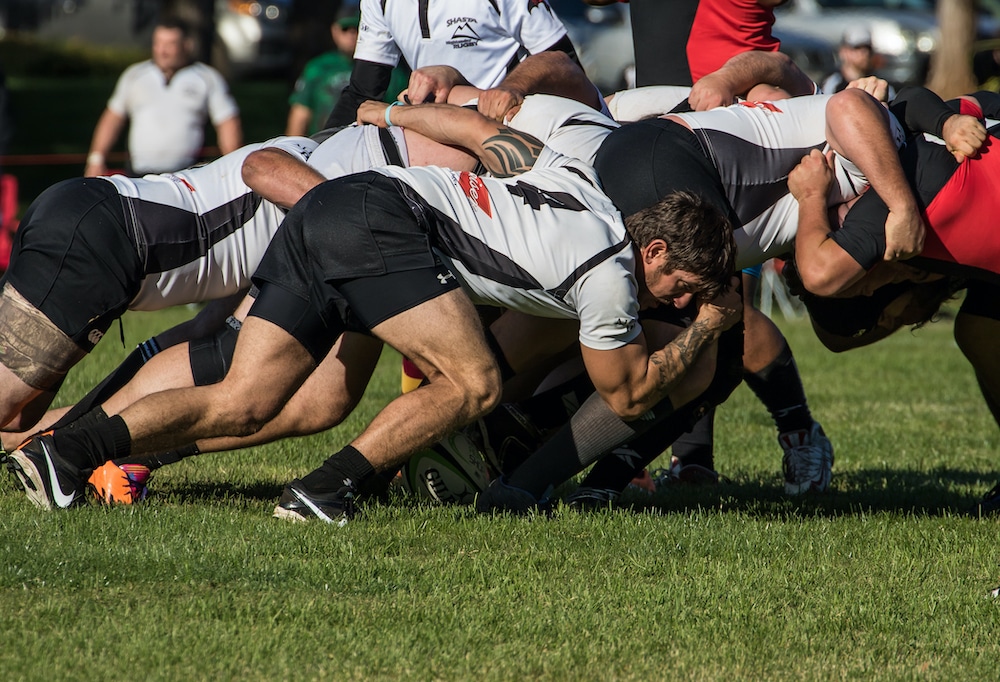
In order to reduce the risk of injury, both practitioners have no right to make mistakes if they wish to endure in their respective sports. Of course, it is important to have a muscular body in both cases, but this does not exclude the importance of protecting the fragile parts of the body or forgetting the warm-up before the session. It is easier to get injured during a rugby game than when lifting weights.
To conclude
A bodybuilding practitioner can have different objectives during the year. Muscle mass gain, lean, maintenance, everything depends on his progress and what he wants in terms of aesthetics. A rugby player, on the other hand, will not be concerned with being sculpted like a Greek statue but simply with performing well in his sport by following a precise training programme with very specific techniques and a diet that will enable him to play at his best.
I have been able to work out with 2 rugby players (close friends) and have found that there was no difference in their off-season workouts. It's nice to see that partners who practice another discipline can still train together without any problem.
It should be noted that if you plan to make a Professional career out of either, it will take a lot more effort than reading this article.
Additional articles :

